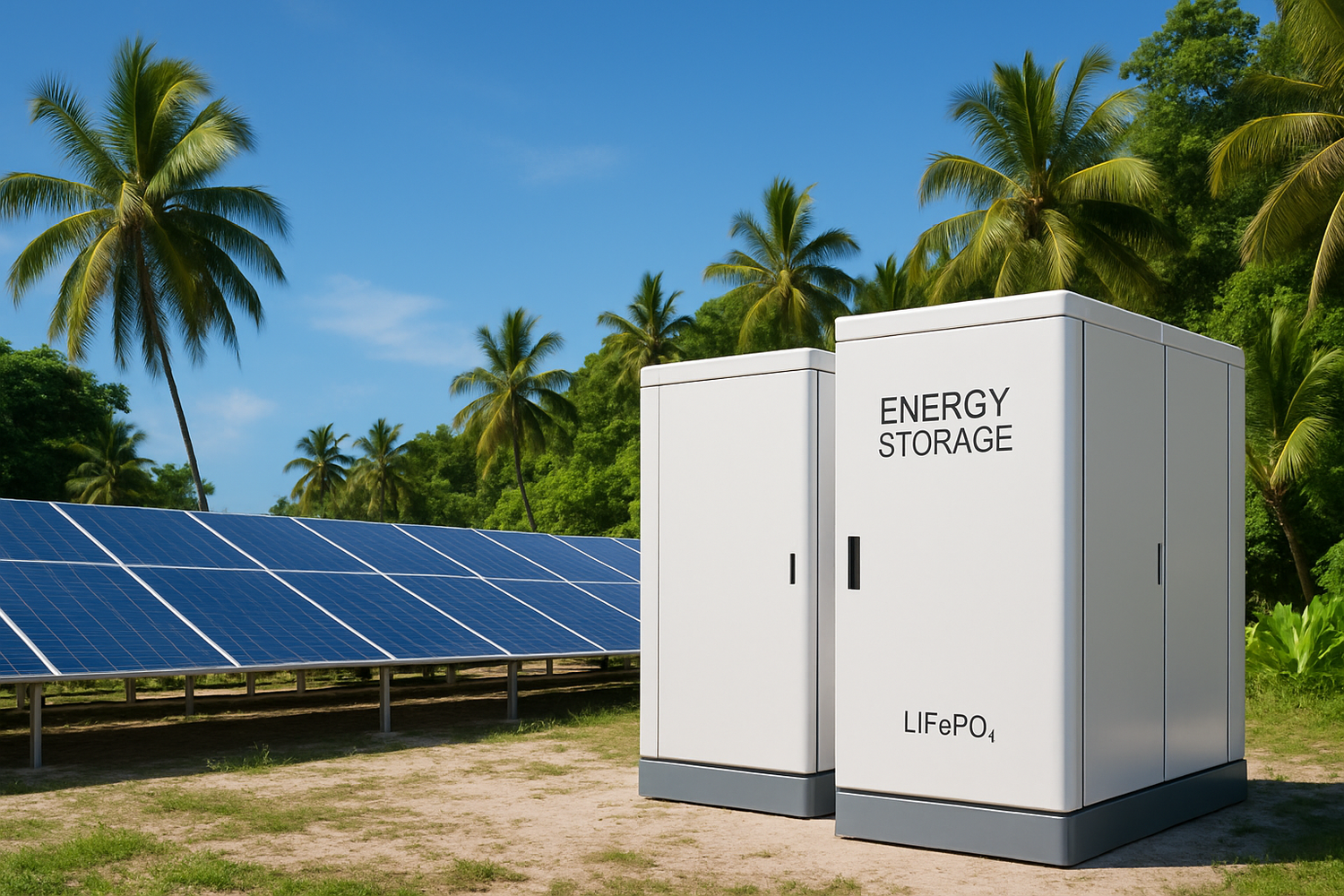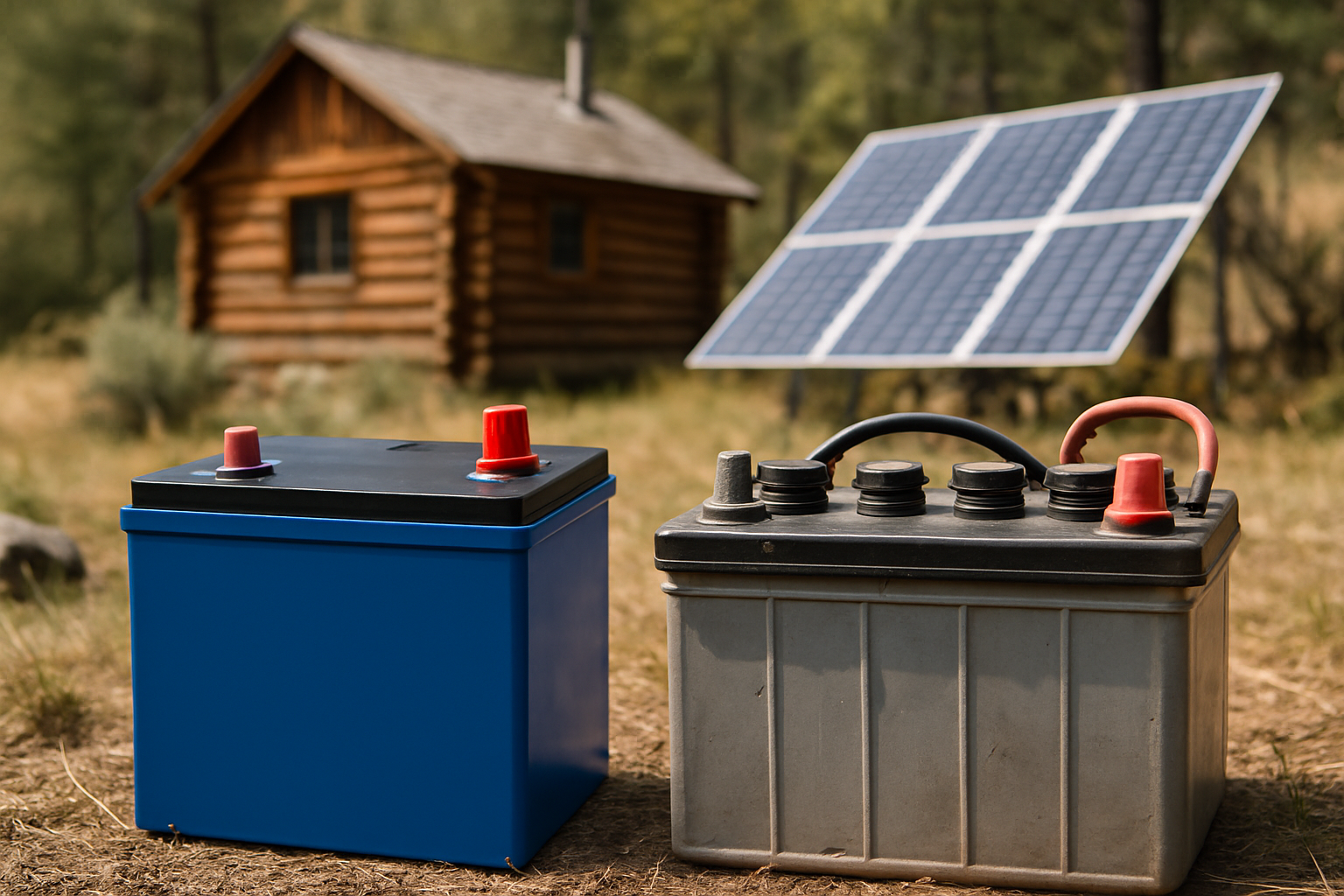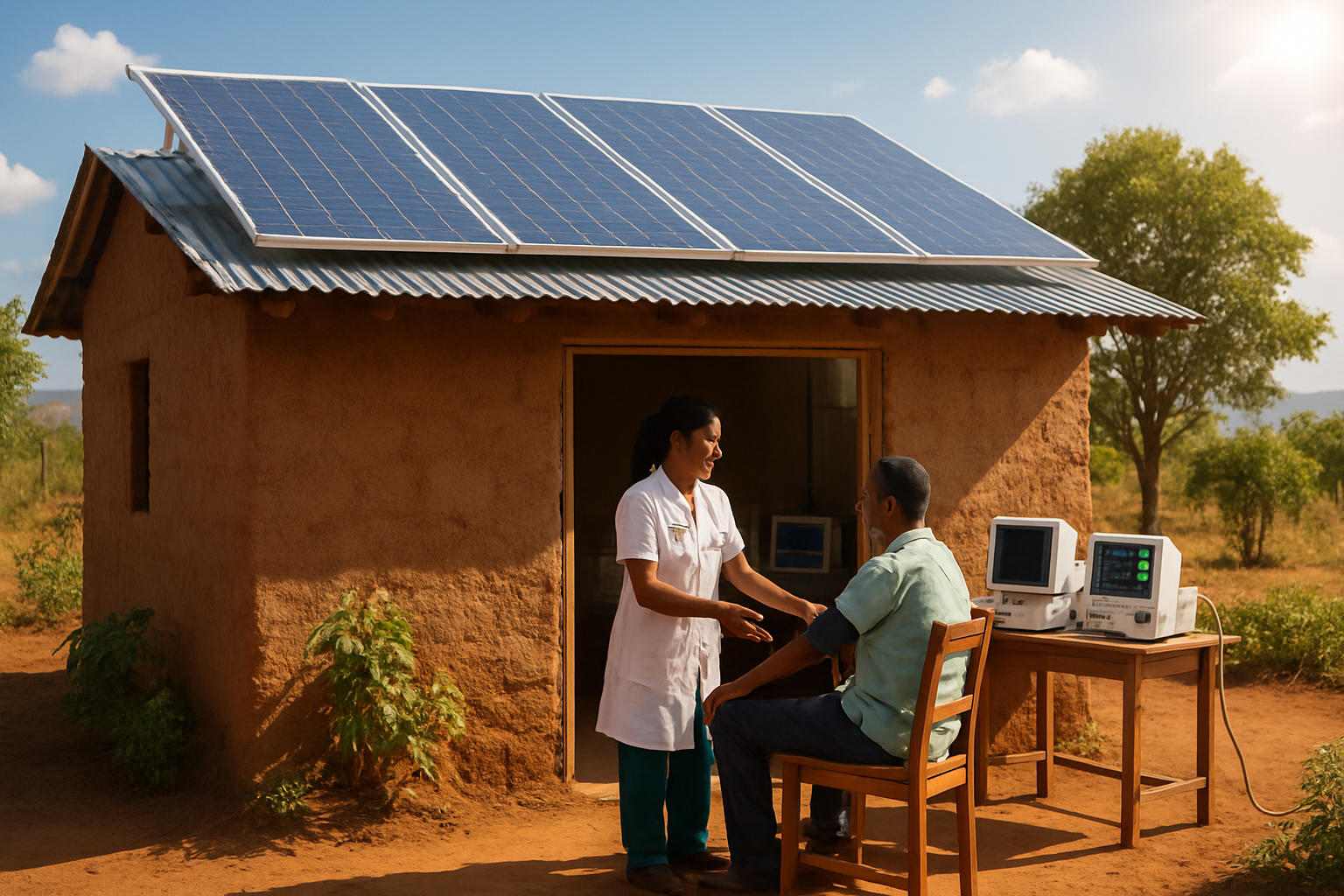Introduction
Island communities frequently encounter distinct energy challenges. Their remote locations, the high cost of fuel transport, and inherent vulnerability to natural disasters make consistent electricity access a significant hurdle. Off-grid solar solutions, particularly those that incorporate advanced energy storage, offer a robust pathway to energy independence and enhanced resilience. This discussion will focus on how Lithium Iron Phosphate (LiFePO4) Energy Storage Systems (ESS) are revolutionizing island microgrids, providing stable, sustainable power for remote communities.
The Imperative for Island Energy Resilience
Overcoming Grid Limitations and High Costs
Many remote islands lack a connection to a stable main electrical grid. Extending traditional grid infrastructure to these areas often proves economically unfeasible. Historically, diesel generators have filled this energy gap, yet they bring substantial disadvantages. Transporting fuel to distant islands is costly, leading to high operational expenses and unpredictable price fluctuations. For instance, the levelized cost of electricity from diesel in Southeast Asia typically ranges from 0.92 to 1.30 USD/kWh. This is considerably higher than renewable microgrids, which offer costs between 0.40 and 0.61 USD/kWh. This financial burden directly impacts local residents and economies, making sustainable alternatives highly attractive.
Enhancing Disaster Preparedness and Recovery
Islands are often at the forefront of climate change impacts, regularly experiencing severe weather events such as typhoons and hurricanes. These events can severely disrupt conventional power systems, resulting in prolonged outages. Microgrids, especially those equipped with robust energy storage, can operate independently from the main grid during such emergencies. This capability ensures continuous power for critical loads. This ability to "island" provides vital resilience, allowing communities to maintain essential services. For example, after Hurricane Maria in 2017, parts of Puerto Rico were without power for an extended period. Community-operated microgrids in Adjuntas, Puerto Rico, have since been installed to provide emergency services and maintain power during future natural disasters.
LiFePO4 ESS: The Core of Resilient Microgrids
Why LiFePO4 Batteries Excel for Island Applications
LiFePO4 batteries present a compelling energy storage solution for the demanding conditions found in island environments. They are renowned for their high performance, inherent safety, and long-term reliability. Compared to other battery chemistries, LiFePO4 batteries offer a significantly longer cycle life, meaning they can endure many more charge and discharge cycles before their capacity degrades. This extended lifespan reduces the need for frequent replacements, contributing to lower long-term operational costs. Furthermore, their excellent thermal stability makes them a safer choice, which is crucial for installations in remote or sensitive locations. Their robust design also enables them to withstand challenging environmental factors, such as high humidity and temperature variations, which are common in island settings.
Integrating LiFePO4 with Solar PV
Combining LiFePO4 ESS with solar photovoltaic (PV) systems creates a powerful and sustainable energy source. Solar panels generate clean electricity during daylight hours, which can either directly power local loads or charge the LiFePO4 batteries. When solar generation is insufficient, such as at night or during cloudy periods, the stored energy within the LiFePO4 ESS seamlessly takes over, providing uninterrupted power. This integration allows island microgrids to achieve high levels of renewable energy penetration, drastically reducing their reliance on fossil fuels. The "Solar Para Sa Bayan" initiative in the Philippines, for instance, launched a large solar-battery microgrid in 2018, bringing electricity to the town of Paluan, which previously lacked a grid connection. This synergy ensures consistent power delivery and a reduced carbon footprint.

Designing and Implementing Island Microgrids with LiFePO4 ESS
Key Components and System Architecture
A typical LiFePO4-powered island microgrid integrates several essential components. These include solar panels for energy generation, a LiFePO4 battery bank for energy storage, and hybrid inverters. These inverters are crucial for converting DC solar power to AC for consumption and for managing battery charging and discharging. A robust microgrid control system is also vital for optimizing energy flow, managing loads, and ensuring overall grid stability, particularly when the system operates in islanded mode. Advanced inverters and control systems empower PV to help form microgrids that provide resilience during broader grid failures.
Real-World Impact and Case Studies
The transition to renewable-based microgrids is already creating a significant impact in island communities. Ta'u Island in American Samoa stands as a prime example. This island successfully replaced its diesel generators with a 1.4 MW PV microgrid and 6 MWh of Li-ion battery storage. This system provides three days of autonomy and has substantially reduced diesel consumption. This project demonstrates the viability and benefits of such systems for islands moving away from fossil fuels. Similarly, in Siesangtham, Southeast Thailand, a grid-connected microgrid enhances resilience by disconnecting from the main grid during outages, ensuring continuous power for critical loads through its batteries. These examples highlight the practical success of LiFePO4 ESS in achieving energy independence.
Achieving Energy Independence and Sustainability
Economic and Environmental Benefits
Adopting LiFePO4 ESS in island microgrids delivers substantial economic and environmental advantages. Economically, it significantly reduces reliance on expensive, imported diesel fuel, leading to considerable long-term cost savings. The lower operational costs associated with renewable microgrids, compared to diesel, make them a financially attractive and stable option. Environmentally, these systems drastically cut greenhouse gas emissions and local air pollution, contributing to cleaner air and a healthier planet. This shift aligns directly with global efforts toward decarbonization and sustainable development, fostering a greener future for island nations.
Overcoming Implementation Challenges
While the benefits are clear, implementing island microgrids can present certain challenges. The initial capital investment required for renewable technologies can be a significant barrier, even with their lower operational costs. Clear regulatory frameworks and supportive policies are crucial to attract private investment and ensure compatibility with existing grid infrastructure. Governments can establish frameworks that actively promote rural microgrid deployment, as seen with Indonesia’s “Accelerating Electrification in Rural Areas” policy. Technical challenges also arise from diverse geographical and climatic conditions, necessitating customized solutions that can withstand local environmental factors like typhoons and high humidity. Proper system design is paramount for ensuring long-term resilience and performance.
Moving Towards a Brighter Energy Future
LiFePO4 ESS for island microgrids represents a robust and sustainable solution for remote communities seeking energy independence and enhanced resilience. By harnessing the power of solar energy and advanced battery storage, islands can overcome traditional energy challenges, reduce costs, and build a more secure and environmentally friendly future. The ongoing development of microgrid technologies, including sophisticated orchestrator software designed to manage multiple microgrids, promises even greater resilience and efficiency for these vital systems. This progress ensures a pathway to reliable power for communities worldwide.
Frequently Asked Questions
What is an island microgrid?
An island microgrid is a localized power grid capable of operating independently from the main electrical grid. It typically integrates local energy generation sources, such as solar panels, with energy storage systems like LiFePO4 batteries, to provide reliable electricity to a defined area, often a remote island community.
Why are LiFePO4 batteries preferred for island microgrids?
LiFePO4 batteries are preferred due to their high safety, long cycle life, and reliable performance. They offer excellent thermal stability and can withstand challenging environmental conditions, making them ideal for the demanding requirements of island off-grid systems. Their longevity also translates to lower maintenance and replacement costs over time, contributing to overall system economy.
How do LiFePO4 ESS contribute to energy resilience?
LiFePO4 ESS contribute to energy resilience by storing excess solar energy and providing continuous power when solar generation is low or during main grid outages. This ability to "island" ensures critical services remain operational during natural disasters or grid failures, significantly enhancing community safety and stability.
What are the main challenges in deploying LiFePO4 ESS in island microgrids?
Key challenges include the initial capital investment required for renewable technologies, establishing clear regulatory frameworks, and designing systems tailored to specific local environmental conditions. Addressing these challenges often involves supportive government policies, innovative financing models, and expert system design to ensure project success.





Leave a comment
All comments are moderated before being published.
This site is protected by hCaptcha and the hCaptcha Privacy Policy and Terms of Service apply.